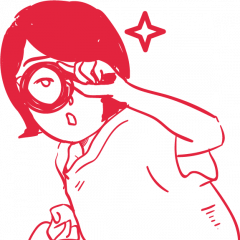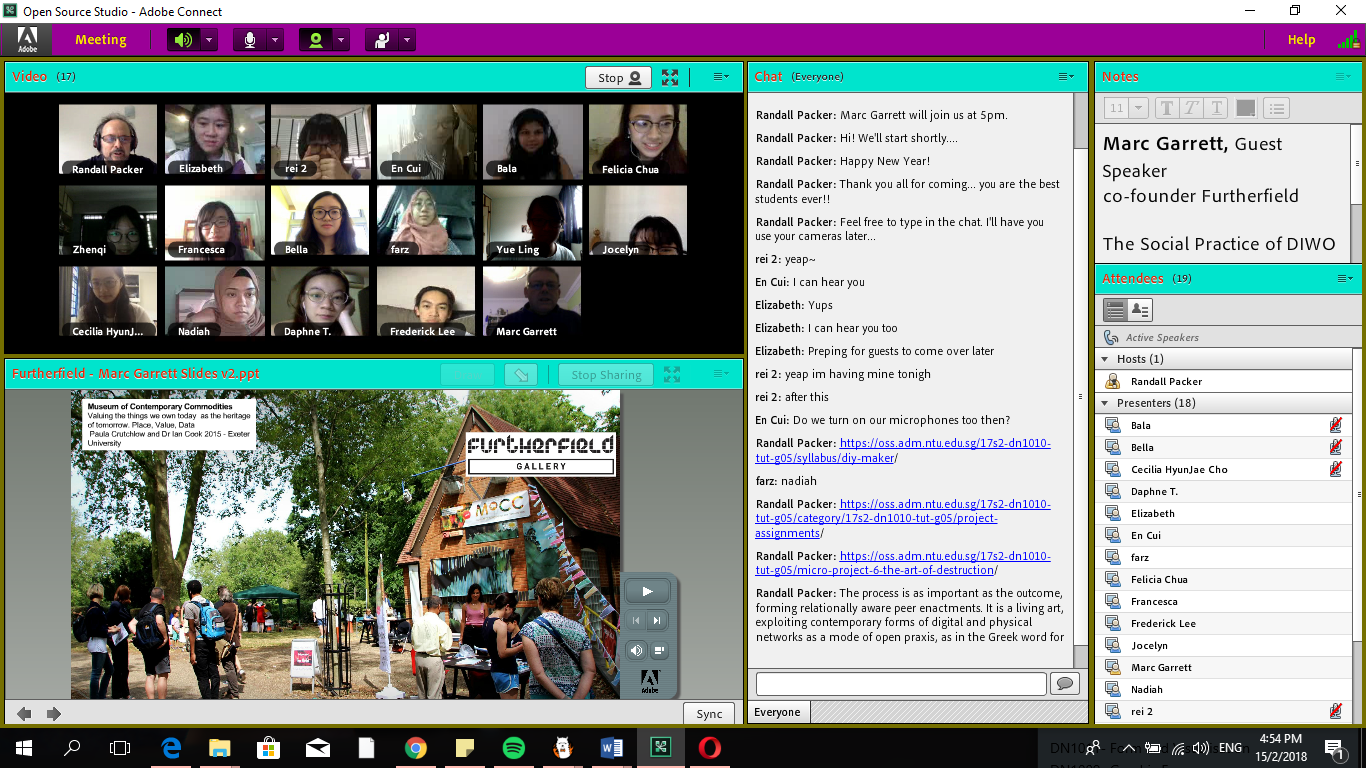Doing It With Others (DIWO)
|| The noble venture by Furtherfield into establishing and investing in a common space that facilitates the sharing of ideas and execution of projects among artists has reaped the benefits of social practice in art.

https://www.furtherfield.org/wp-content/uploads/2017/04/Plan-your-visit-600×400.jpg
Before the proliferation of Open-Source culture, artists were seen as solitary creators who worked for their own gain, as in with the case of BritArt which led to a limited development in the field of art (mentioned in Ruth Catlow and Marc Garrett “Do it With Others (DIWO): Participatory Media in the Furtherfield Neighborhood,” 2007):
:
“It degraded and smothered artistic discourse by fueling a competitive and divisive attitude towards a shrinking public platform for their practice and the representation of their work.”
Furtherfield provided the opportunity for artists to start co-curation, such as in E-mail Art on Netbehaviour.

https://www.furtherfield.org/wp-content/uploads/2012/05/diwo_mailbox.png
This tore down the notion of the artists having a mandatory role of curating the entire viewing experience themselves, rather, it involved viewers to take ownership as well. In class, we explored the act of co-curation with our Collective Body project, where each of us could determine the order of photo upload in order to create the artwork in its entirety.
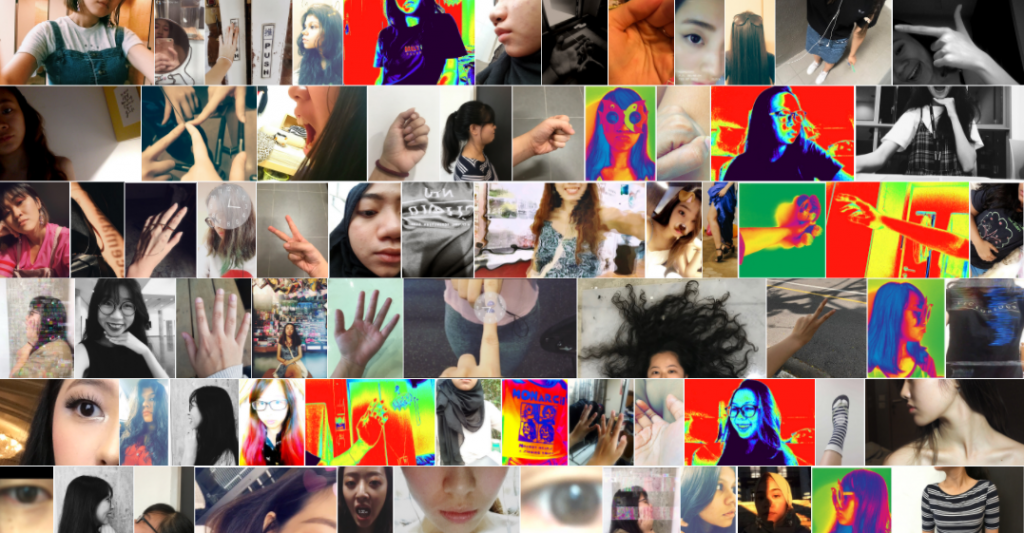
The exchange of ideas also led to technological experimentation as a new medium. Projects like Hole in Space by Kit Galloway and Sherrie Rabinowitz, and Telegarden by Ken Goldberg make use of real time technology to allow people to interact across a Third Space, and also give up ownership of the result of the artwork to the audience, making their outcomes inclusive, unpredictable and ultimately genuinely interesting.
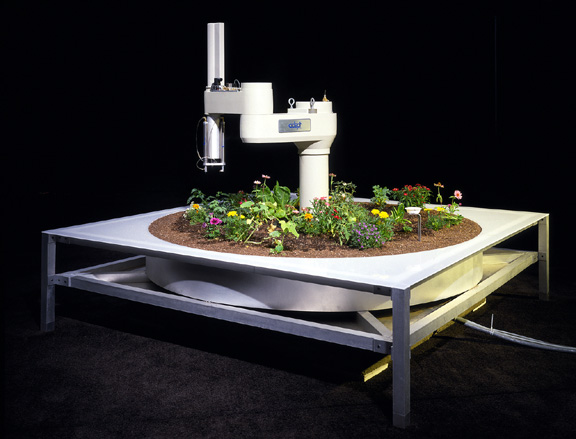
In class, we tried our hands at creating art via the Third Space in our Tele-stroll and Telematic Embrace projects. By negotiating and compromising, we are able to create a digital connection across screens.

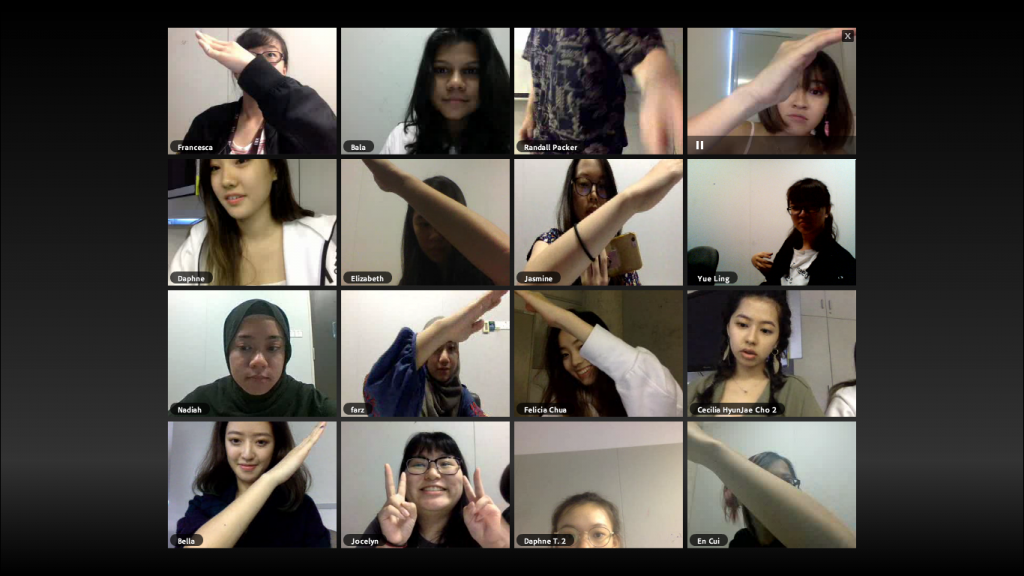
With a conducive space for conversation, Furtherfield artists took the liberty to create projects like Plantoid by Okhaos that utilises the Blockchain system and Harvest by Julian Oliver that explored technology as a medium to get viewers from the public to be conscious about nature and rethink our relationship with technology. These are issues that our generation faces and such artworks allow the current generation to ‘connect with issues in their time’, which, as mentioned by Marc Garrett in his lecture, is one of the strongest virtues of being an artist.
Plantoid (2015) by Okahos

In conclusion, the concept of DIWO empowers artists with the capability to break the artist-viewer hierarchy, explore new mediums and better allow the public to connect with their work and the issues we face today.
Resources:
- Ruth Catlow and Marc Garrett “Do it With Others (DIWO): Participatory Media in the Furtherfield Neighborhood,” 2007
- Furtherfield E-mail Art – http://archive.furtherfield.org/exhibitions/do-it-others-diwo-e-mail-art
- Marc Garrett’s online lecture on Furtherfield and DIWO
- Mail box showing Netbehaviour contributions to DIWO Email Art project 2007
https://www.furtherfield.org/wp-content/uploads/2012/05/diwo_mailbox.png - Plantoid: Plantoid (2015) by Okhaos
- Hole in Space: https://www.youtube.com/watch?v=SyIJJr6Ldg8
- Harvest by Julian Olivers: https://julianoliver.com/output/harvest
- Plantoid: http://okhaos.com/plantoids/videos/plantoid-sydney.mp4
